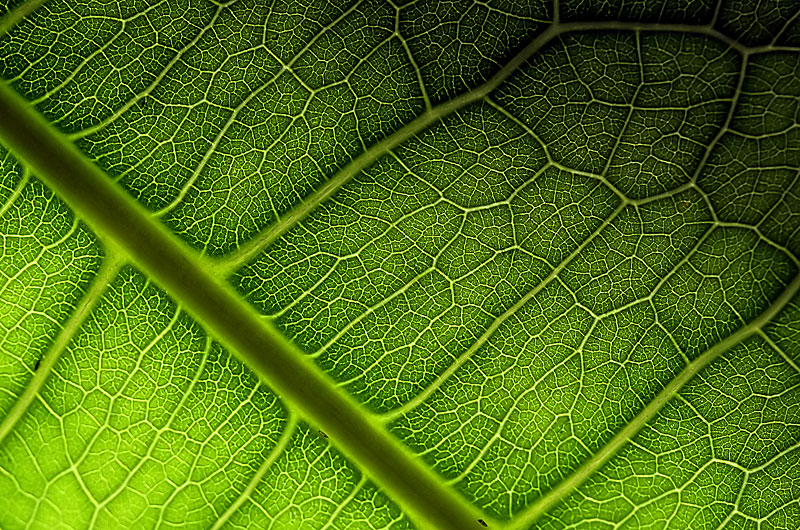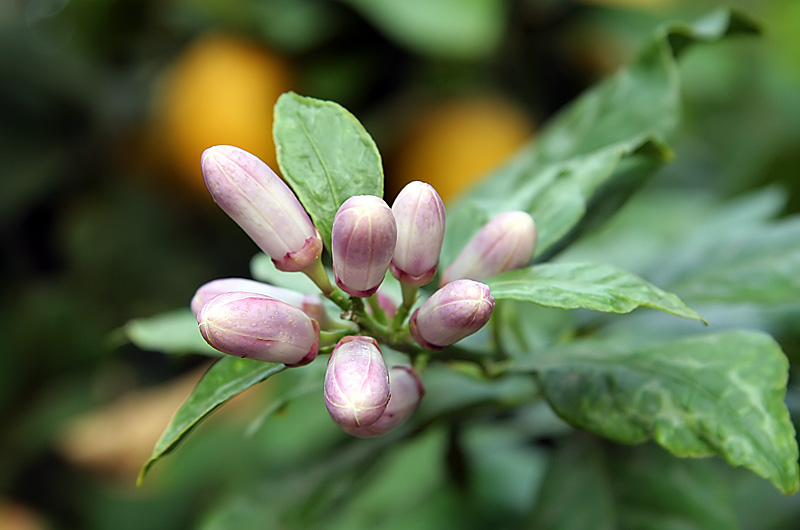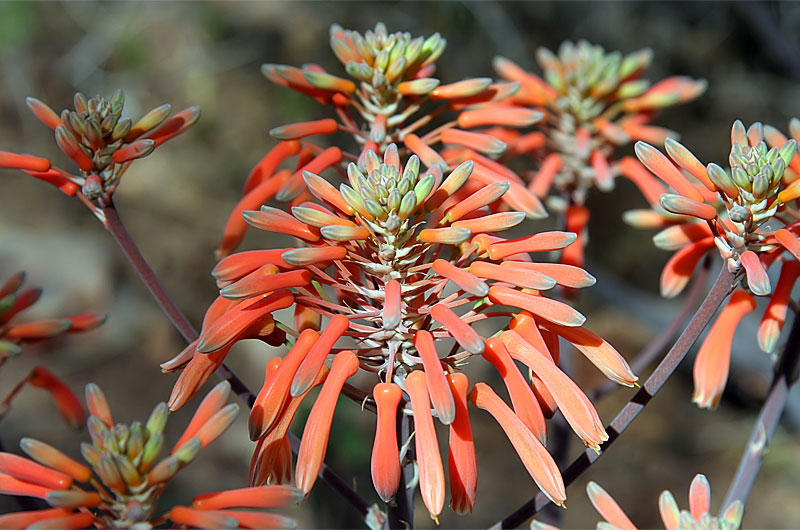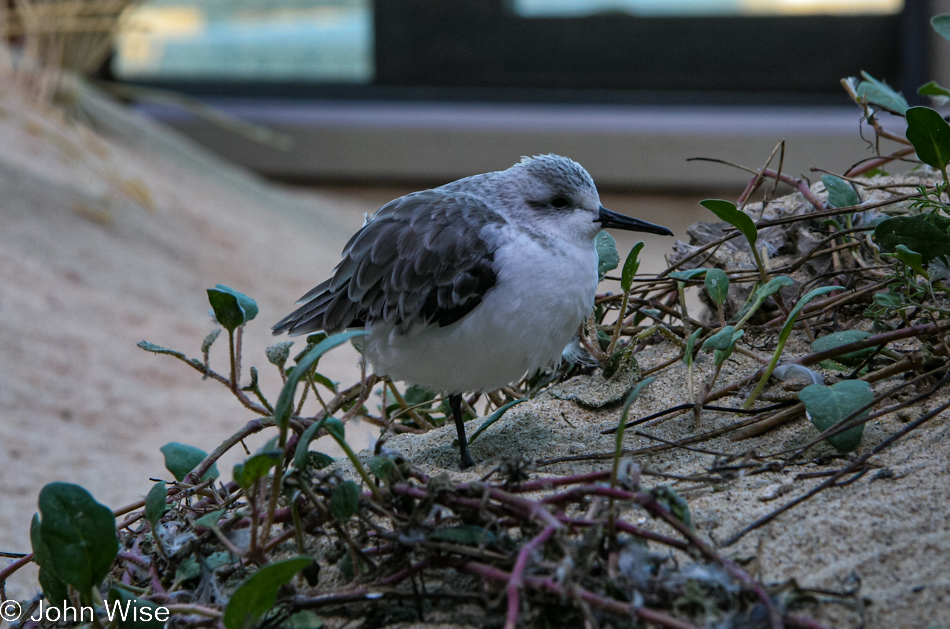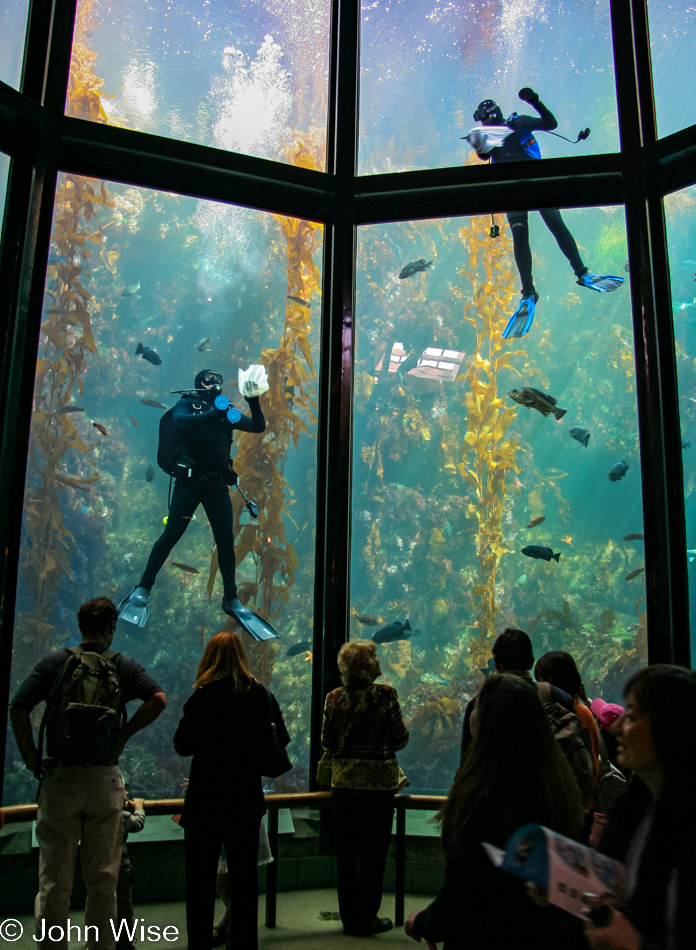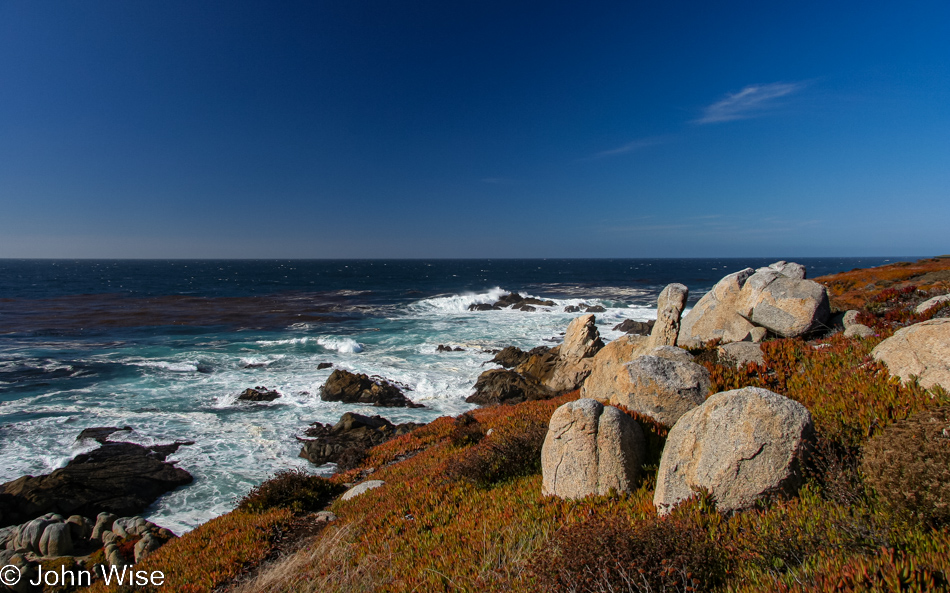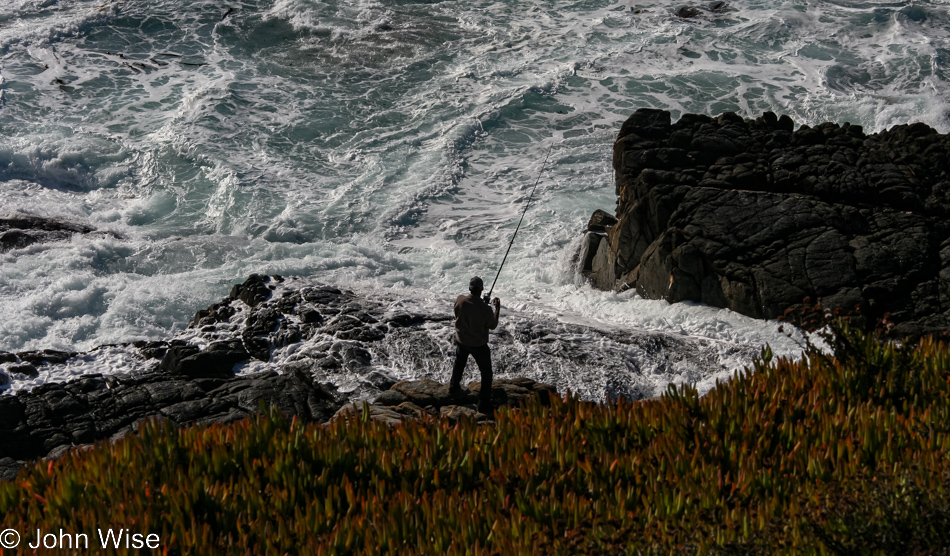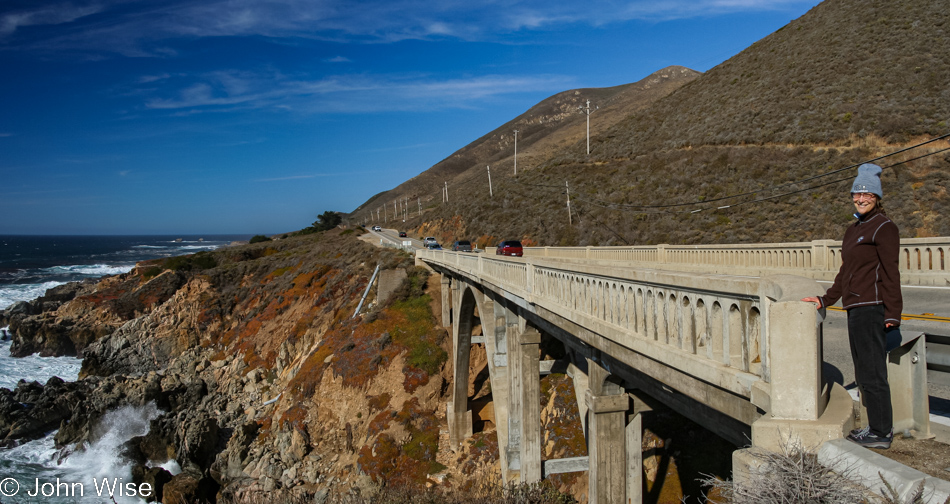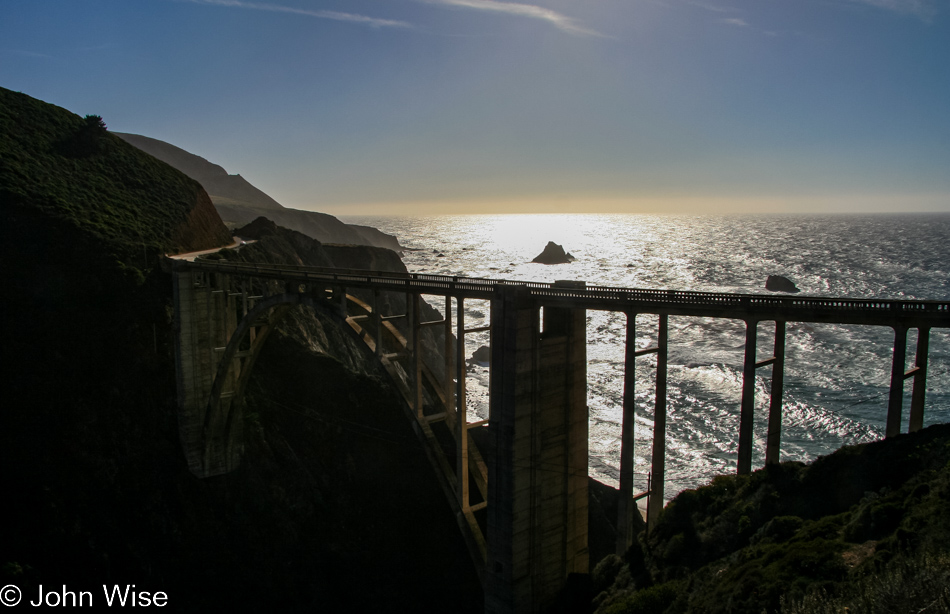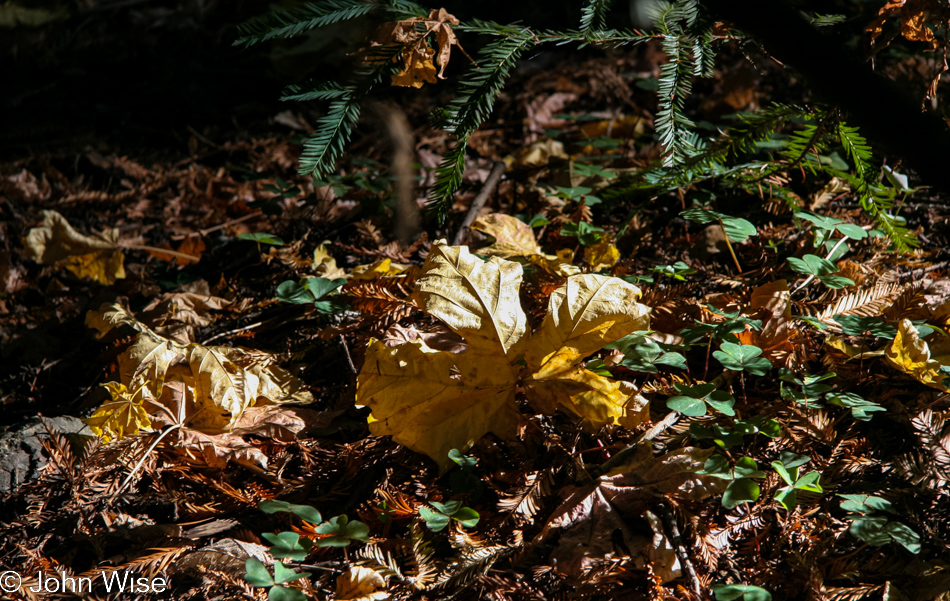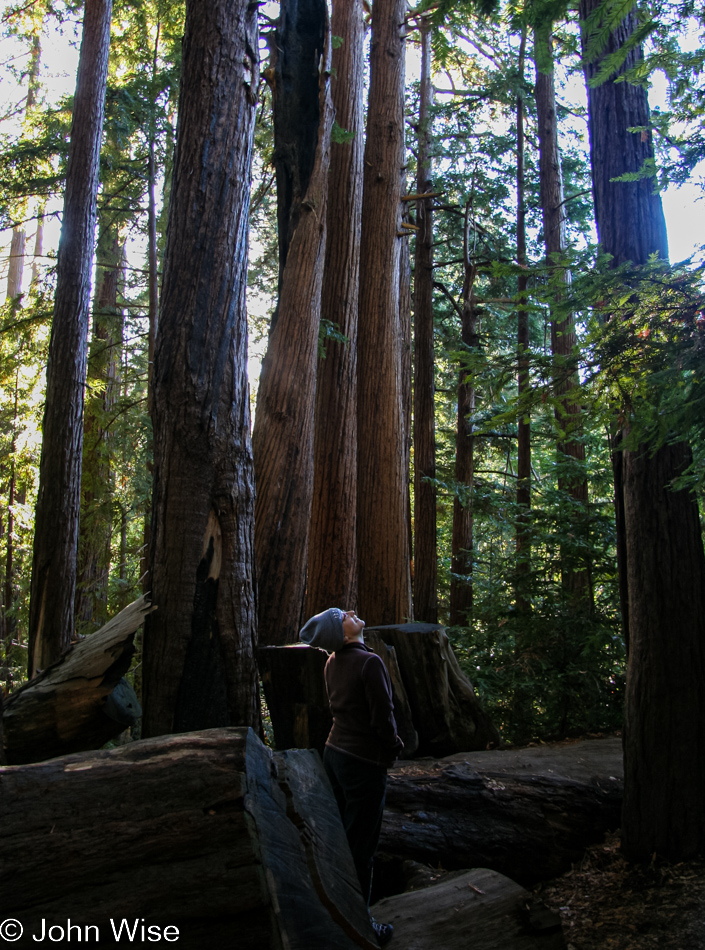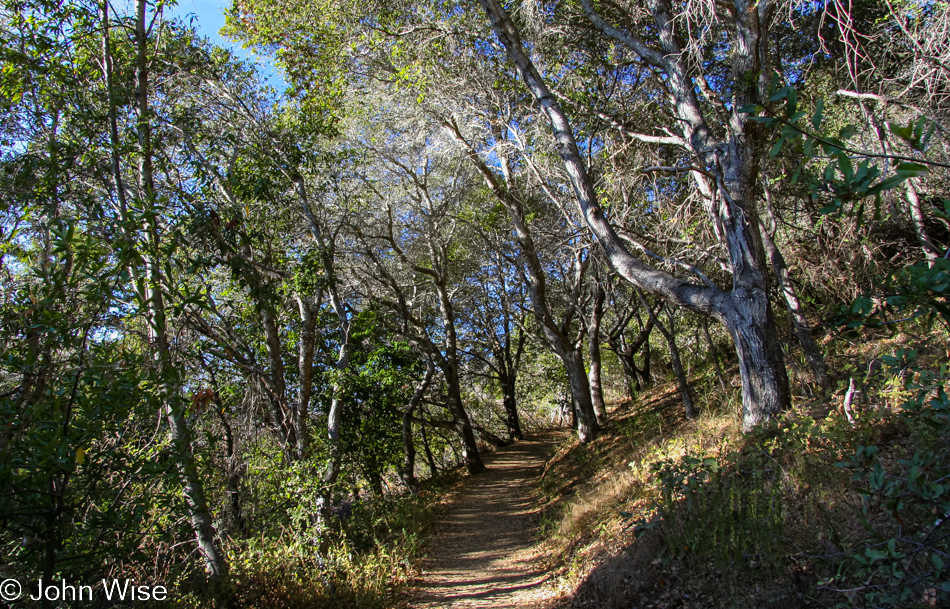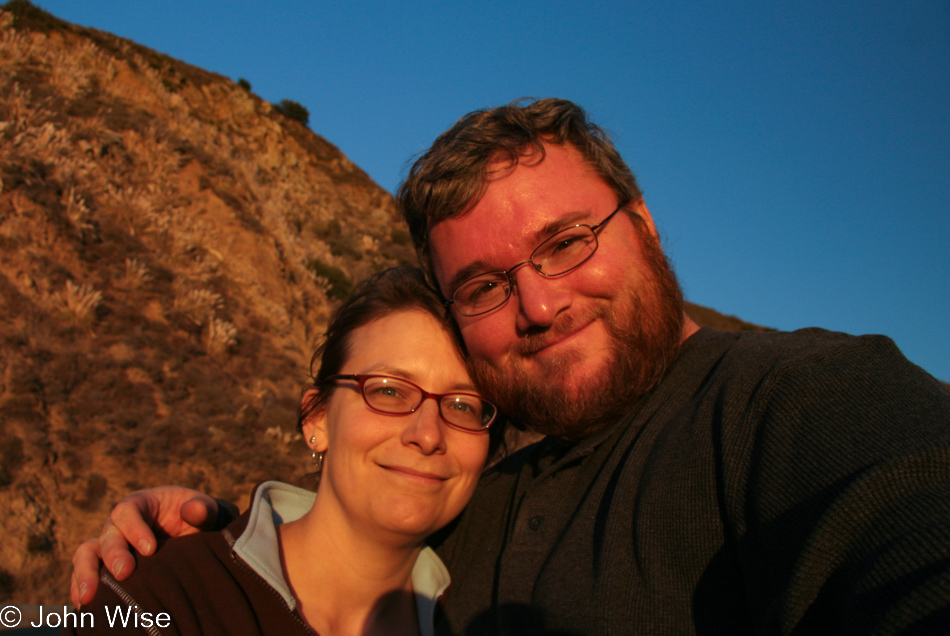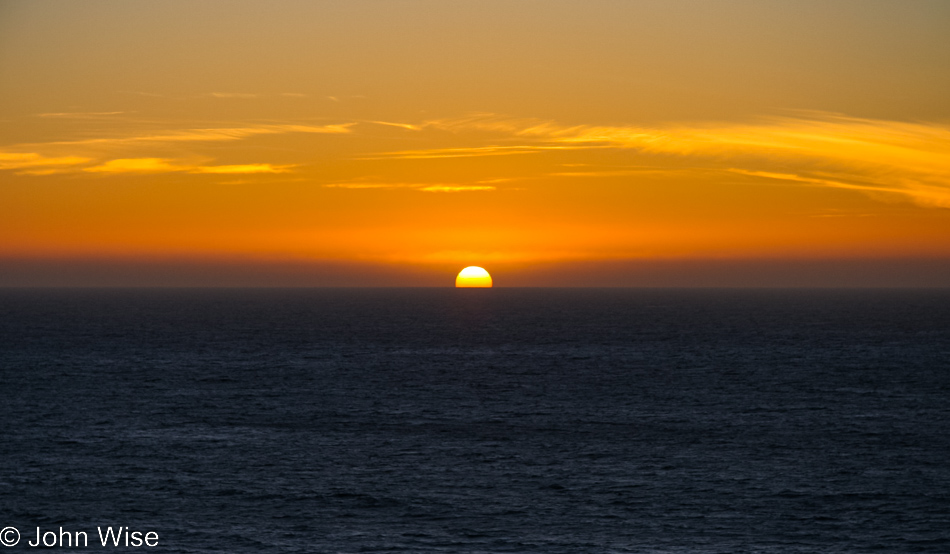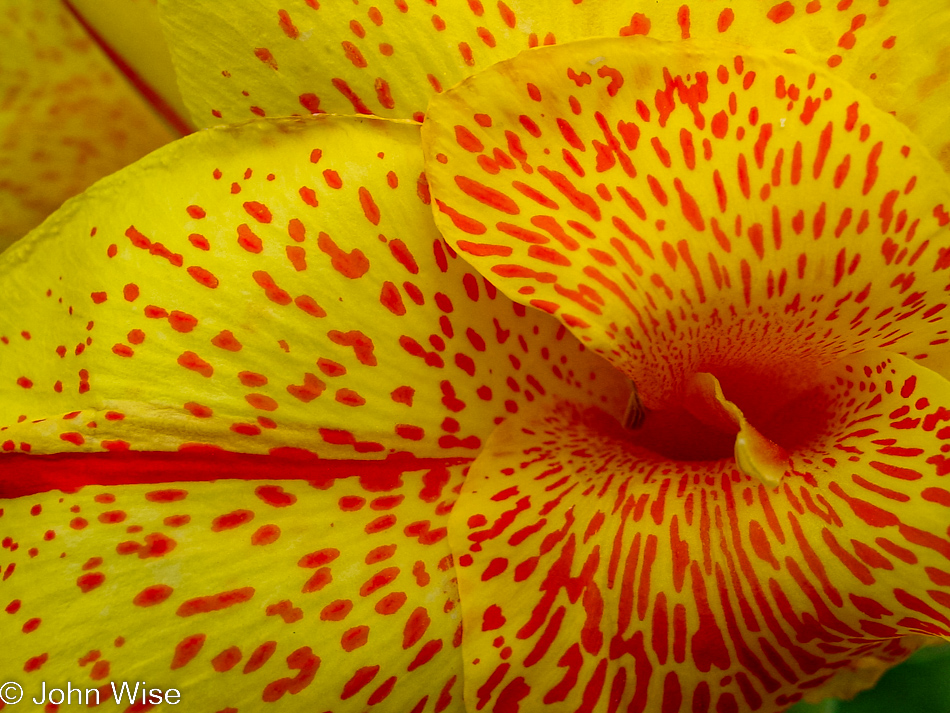
Welcome to Phoenix, Arizona. This is the city Caroline and I have called home for the past ten years. Upon moving back to the United States from Frankfurt, Germany, we chose to live in this city in the desert due to the spectacular weather, the opportunities for employment, and that I have family here, which helped make the transition a little easier. The building on the right is Phoenix City Hall.

The city of Phoenix is a large metropolitan area that embodies the worst in urban sprawl. Phoenix is now America’s 6th largest city and will soon be the largest in sheer landmass. The downtown area is an odd design that effectively has no center. While this map offers convenience for finding a building in the immediate area, it is of no particular use outside of pointing a visitor to a few government buildings.
The breadth of our small town, including attached communities such as Mesa, Scottsdale, Tempe, Glendale, Peoria, and Sun City, is nearly 35 miles wide (57km) by 55 miles (89km).

If you could identify a center, the closest you would come is Patriots Square Park on Central Avenue between Washington and Jefferson Streets. Besides the occasional homeless person and a small festival or two a year, this park is, for the most part, deserted. Immediately south of the park is a no man’s land, which gives way to south Phoenix, a high-crime neighborhood.

Phoenix is the state capital and, thus, our seat of government. Our courts, city hall, and state capitol all reside downtown. The building on the right is our City Municipal Courthouse located close to the main Phoenix Police Station and the Sheriff Department’s main offices and jail.
Architecturally, the city, on occasion, finds an inspired design that lends itself to a desert aesthetic that creates a unique and interesting downtown area. One of the more recent buildings erected in Phoenix, the Justice Sandra Day O’Connor Federal Courthouse, opened in October 2000 at a cost of more than $110 million.

This massive building is one of those that doesn’t quite fit the trademark desert pallet of colors or the architecture that shapes the other downtown buildings. The entryway opens to an immense atrium that is sterile and impersonal. Controversy surrounded the courthouse upon its opening as cooler heads wondered out loud at the efficiency of controlling the climate in a seven-story atrium in a city that sees summer temperatures of 120 degrees.

The Burton Barr Library at 1221 North Central Avenue, on the other hand, was well received. Designed by Will Bruder and completed in 1995, the library houses a 1,000,000-volume collection. With 280,000 square feet of interior space, the library also features meeting rooms, wide-open spaces, and a Rare Bookroom. The copper exterior is said to contain enough copper to make 17,500,000 pennies. On the first Friday of each month from October through March, the library is the main pick up and drop off point for the free shuttle busses that deliver thousands to the growingly famous First Friday Artlink featuring art galleries, cafes, art installations, musicians, and corner art.

While most of Phoenix has had its history razed, a few examples of our early architecture still exist. The Orpheum Theatre at 203 West Adams Street is one such example. Built in 1929 and reopened after renovations in 1997, the Orpheum is now on the National Register of Historic Places. The theatre features dance and comedy performances, along with music and the occasional silent black-and-white film.

Another historic site in our fair city is the Hotel San Carlos built in 1927. The hotel still stands wherein 1874, the first school in Phoenix was built, but by 1916, the school was in disrepair, and the entire block was purchased by the Babbitts, who would play an important role in Arizona’s history.
This monument to luxury was the first high-rise in the Southwest. It had full air-conditioning, steam heat, and elevators. With these amenities came expenses and so San Carlos was able to charge $1 more than the local competition. The opulence wasn’t lost on Hollywood glitterati, who made the San Carlos their home while in town for movie premieres or when performing at the Orpheum. Clark Gable, Spencer Tracy, Carole Lombard, Jean Harlow, Ingrid Bergman, and Mae West have all spent an evening at this first-class hotel.
While the occasional renovation has occurred, much about the San Carlos remains true to form. The lobby still finds its original wall detail, paneling, and recessed ceiling coffers intact. The Austrian crystal chandeliers, sconces, and mirrors have been found and replaced, adding to the original character that defined the hotel. One of the original attendant-operated manually controlled elevators is still in service, complete with the original copper-clad doors. This is the only historic hotel still in operation in Phoenix; it is well worth the visit.

With the addition of the Westward Ho Hotel in 1928, Phoenix now had a new building that would take the claim of the tallest in the state. Located at 618 North Central Avenue, the building underwent an extensive refurbishment in 2004. Today, the Westward Ho is a low-cost home for the disabled and senior citizens. During the 1930s through the 1950s, the Westward Ho was a hip destination attracting the likes of Jack Benny while doing his radio show during World War II. Other famous guests included Elizabeth Taylor, who had a suite. Rudy Vallee and Shirley Temple also enjoyed the hotel. John F. Kennedy, Richard Nixon, and Henry Truman all spent a night or two. By the 1970s, the hotel was suffering and in decline, and by 1979, it closed, but not for long. By 1981, it narrowly escaped demolition and took on its current job. Tours are available by reservation only and cost $5 per person.

Today, the skyline of Phoenix is blooming. Modernization is a slow and lumbering process, but it is trudging on. For years, the city custodians have been promising downtown renovations that will bring life into our quiet and, on weekends, nearly deserted city center. The fruits of their labor may be starting to pay off.
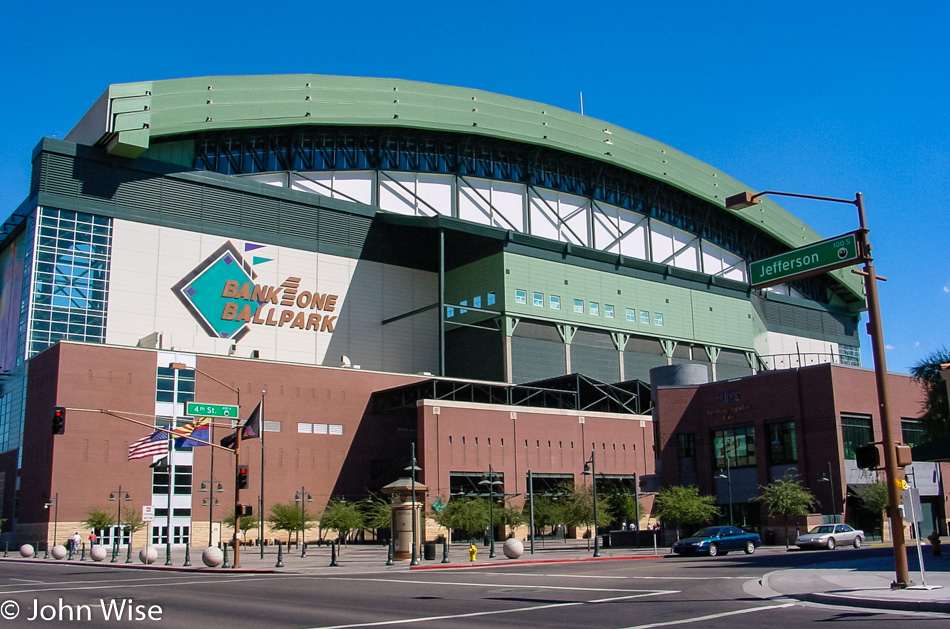
Of course, controversy will always follow when government officials take on the risky venture of spending their constituency’s tax dollars, and our city has been no different. Shenanigans regarding the building of Bank One Ballpark saw a County Supervisor shot by an outraged citizen. Even today, the sweetheart deal cut between politicos and the moneyed interests who gained by the lucrative dealings is a tender spot amongst some of the people of Phoenix. On the positive side, the more activity the downtown sees, the more motivated people are to bring new vibrancy and cultural entertainment to our city.

Fortunately, our city of Phoenix is not mired in out-of-control violence and corruption. The downtown area is a clean and peaceful environment. It is nearly always in a state of improvement. With clean parks, tree-lined walks, old historic neighborhoods undergoing a renaissance, to art and culture finally getting a toe-hold, Phoenix is showing promise in meeting the needs of a city that has become the sixth-largest in America.

A major step towards a booming future is this: the future site of the University of Arizona Biomedical Campus along with the Translational Genomics Research Institute. This grand collaborative endeavor will team Arizona State University with the U of A and TGen to provide clinical health research in addition to providing health professionals to Arizona.

Around the downtown area, a number of historic housing districts have found a renewed interest from Phoenicians looking for a vibrant downtown lifestyle and are making the investment in time and money to help forge that hope. More than 7000 homes in four major “eras” comprise the 36 historic districts.

Entertainment and culture play an important part in living in Phoenix. Serving these needs are places such as our Burton Barr Library mentioned above, along with Bank One Ballpark, a host of museums and theaters that add to the diversity. The Heard Museum has long been a popular destination amongst both residents and tourists.

The Heard has been in Phoenix for 75 years and is the showcase museum for the display of Southwest Native American art. The newly renovated galleries and displays have added to the quality of the visitor experience, and an expansion of the gift shop about to get underway promises to add greater value for the guests of the Heard.

The Museum encompasses 130,000 square feet, allowing space for galleries, a library, performance areas, a bookshop, and a café. In early February, the Heard hosts the World Championship Hoop Dance Contest, which is a must-see, and over the year holds a number of events worth visiting. The Arcadia Farms café at the museum offers a patio setting where you can enjoy fresh soups, salads, and artisan bread sandwiches seven days a week from 9:30 to 3:00 p.m. The gift store, bookshop, and museum are also open seven days a week from 9:30 to 5:00 p.m.; admission costs $10 for adults and $3 for children. Free guided tours are offered daily at noon, 1:30, and 3:00 p.m. lasting 45 minutes.

Another nice place worth visiting is the Desert Botanical Garden. Since its inception in 1939, the garden has grown to 50 acres, housing 139 rare, threatened, and endangered plant species from around the world. The garden is one of only 44 accredited botanical gardens, making for a one-of-a-kind museum.
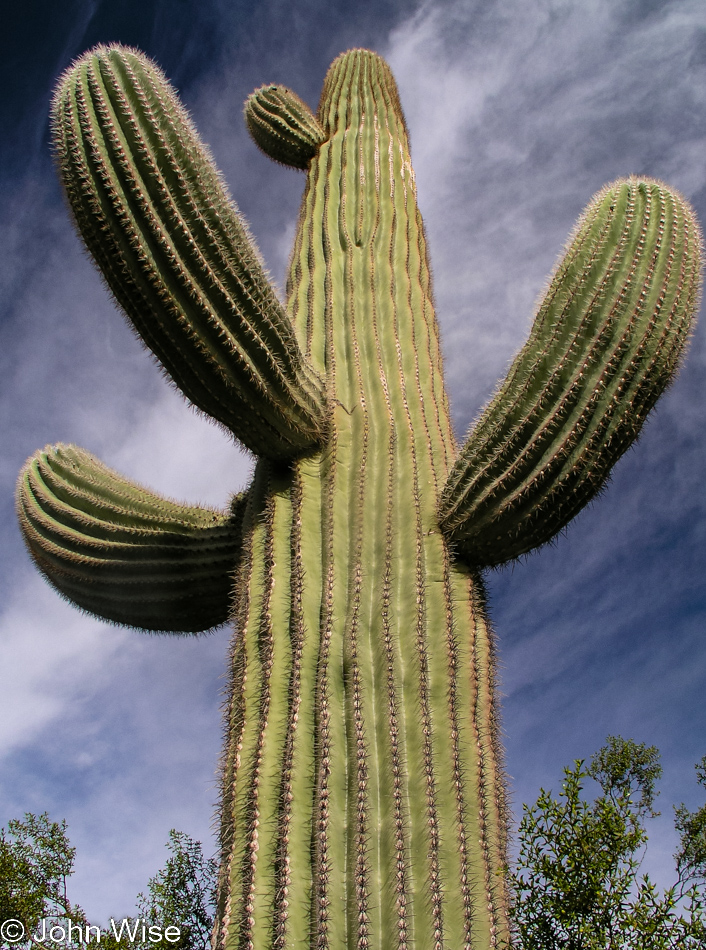
With various trails, a library, a herbarium, a garden shop, tours, and special events such as the Las Noches de las Luminarias during the winter holidays, the Desert Botanical Garden is worth visiting at all times of the year. While exceptionally hot in the summer, the mornings are generally cool, and with so many cacti and wildflowers in bloom, consideration should be given to a mid-summer visit if you are in the area. A couple of butterfly exhibits occur yearly, along with music in the garden events and even desert landscaping classes. The garden is open seven days a week from 8:00 to 8:00 October through April and 7:00 to 8:00 May through September.

After all this walking around, it is time to eat. The Chinese Cultural Center may just be the ticket. The center offers shopping for food, jewelry, and gifts, along with a host of Chinese restaurants. Just sitting in the traditional Chinese gardens offers respite from a desert environment that, at times demands the eyes focus on something altogether different, and the replicas of ancient Chinese pagodas, statues, ponds, and shops offer just that.
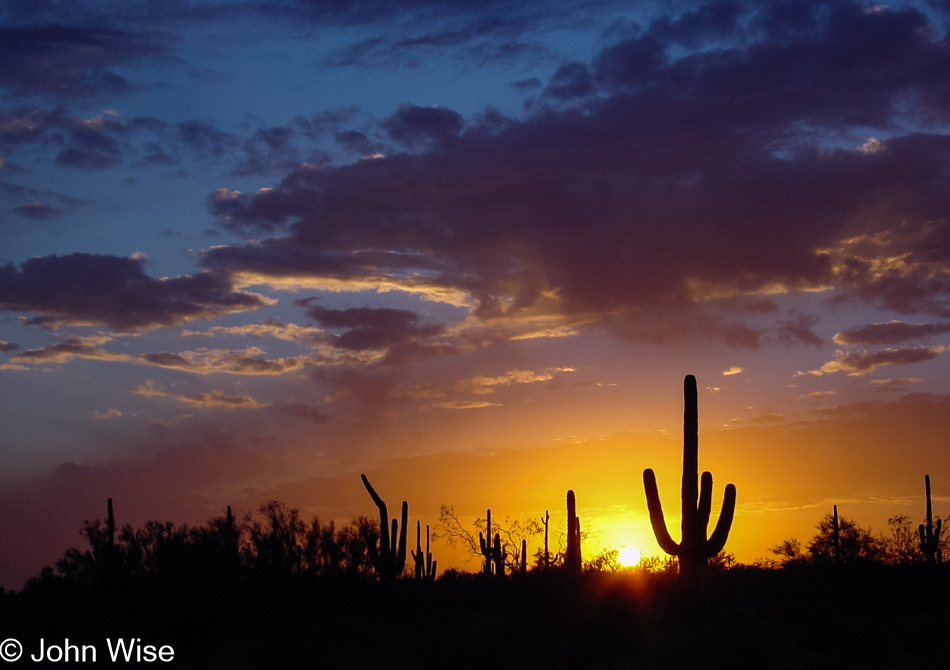
Phoenix has a long way to go before becoming a truly engaging city, but it is trying to take steps in the right direction. The growing downtown Art Community, the Public Market on Saturdays, the many ethnic groceries, golf, hiking, shopping, resorts, and the surrounding communities of Scottsdale, Tempe, Mesa, Glendale, and Chandler are all contributing to making Arizona a better place to live, visit, and be entertained.
